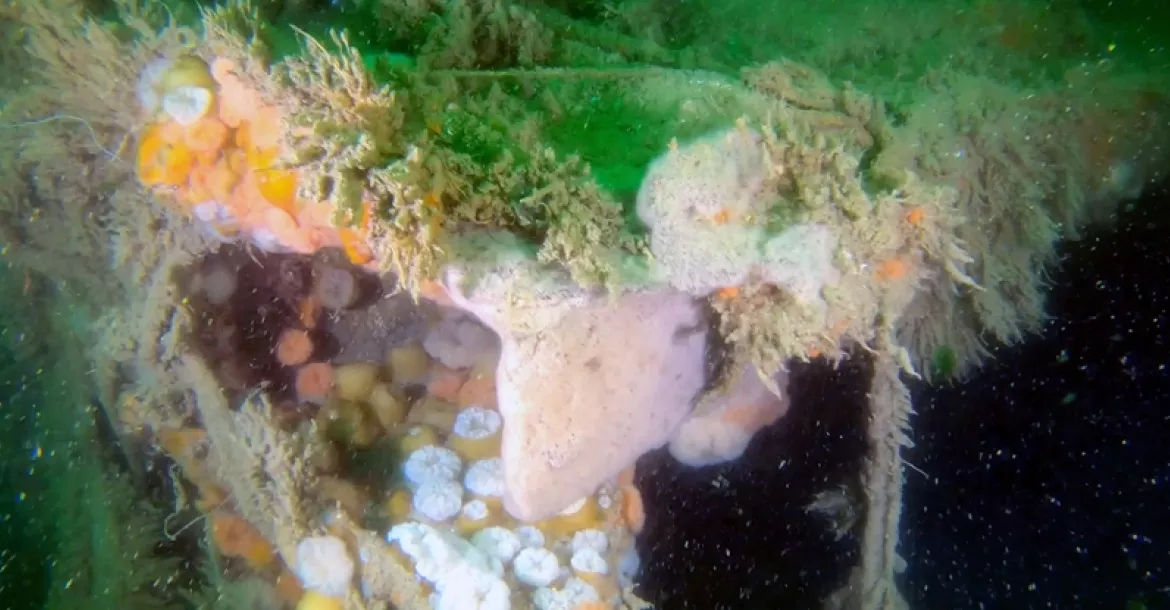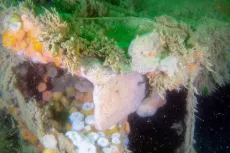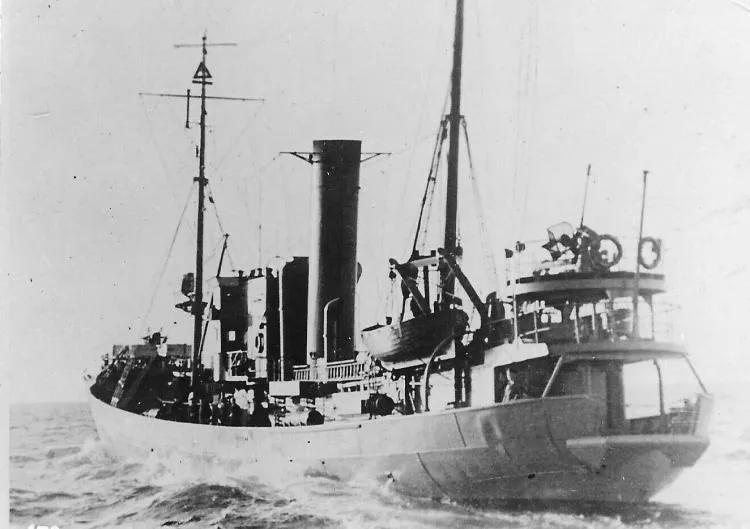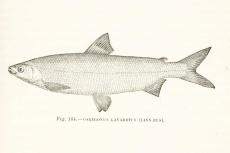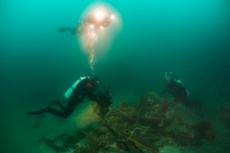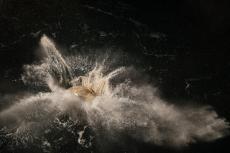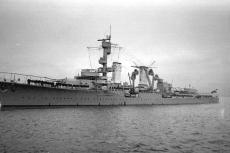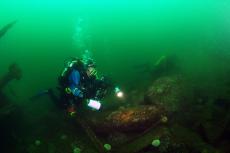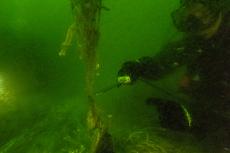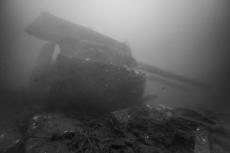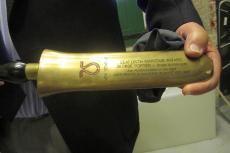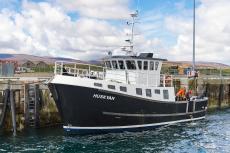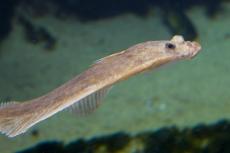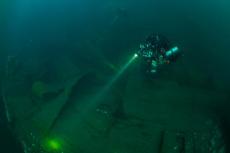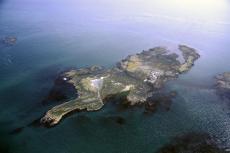Abandoned WW2 wrecks leak toxic chemicals in the North Sea
A new study analyzing the World War II shipwreck V-1302 John Mahn, which was sunk in 1942 in the Belgian part of the North Sea, shows that it is currently leaking toxic chemicals and heavy metals in the North Sea.
The V-1302 John Mahn was a fishing trawler requisitioned by the German navy during the Second World War and sunk by UK bombers in 1942. It has rested at 30 metres below sea level in the Belgian North Sea ever since.
Together with the Royal Belgian Institute of Natural Sciences, bio-engineer Josefien Van Landuyt examined samples of sediment in the area around the sunken John Mahn. In doing so, she aimed to discover whether old shipwrecks in the Belgian section of the North Sea continue to affect microbial marine life.
In samples taken from the boat’s steel hull and the surrounding ocean floor, the researchers found traces of arsenic, explosives and heavy metals such as nickel and copper. The team also found polycyclic aromatic hydrocarbons (PAHs), a group of chemicals that occur naturally in fossil fuels. These chemicals are reshaping the microbiome in the immediate vicinity of the ship.
The pollution caused by the V-1302 John Mahn is relatively minor, allowing the wreck to still act as an artificial reef and nursery for fish, says Van Landuyt. But considering there are thousands of similar wrecks in the North Sea alone, the cumulative impact on marine life is potentially huge–especially considering the munitions and hazardous materials that are often stored on military vessels.
Without action, the wrecks could continue polluting for decades.

